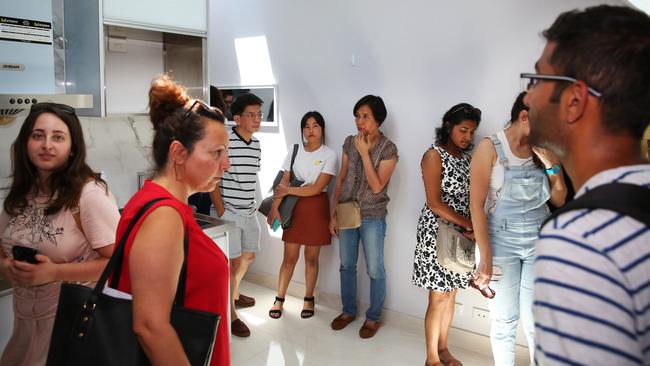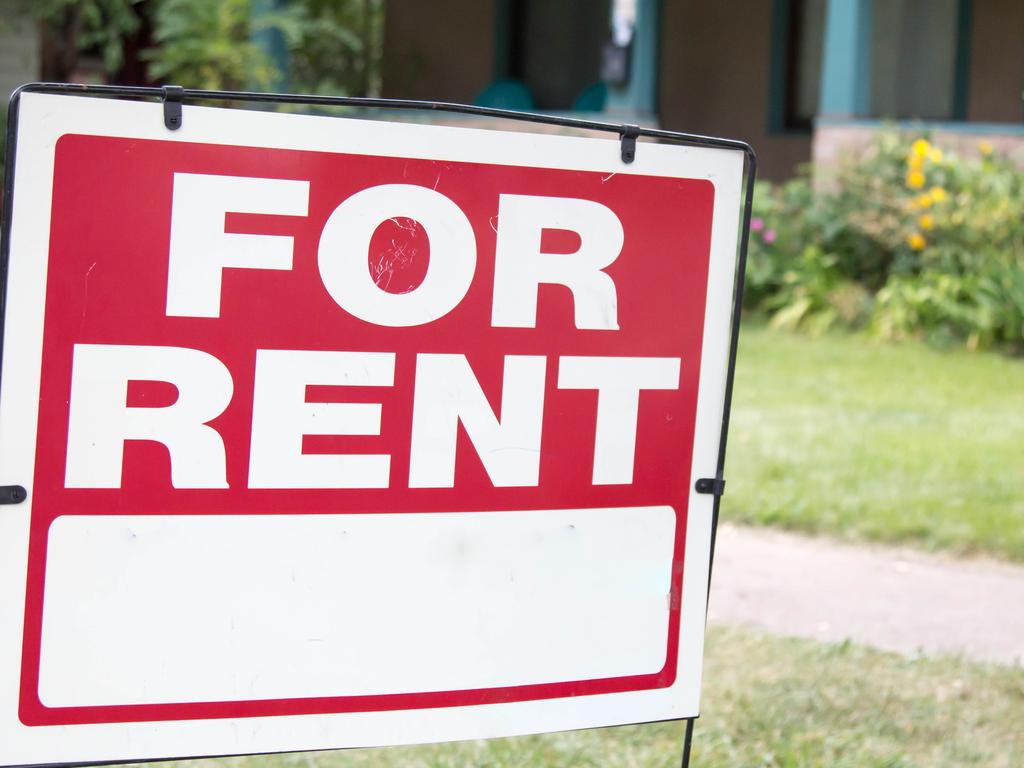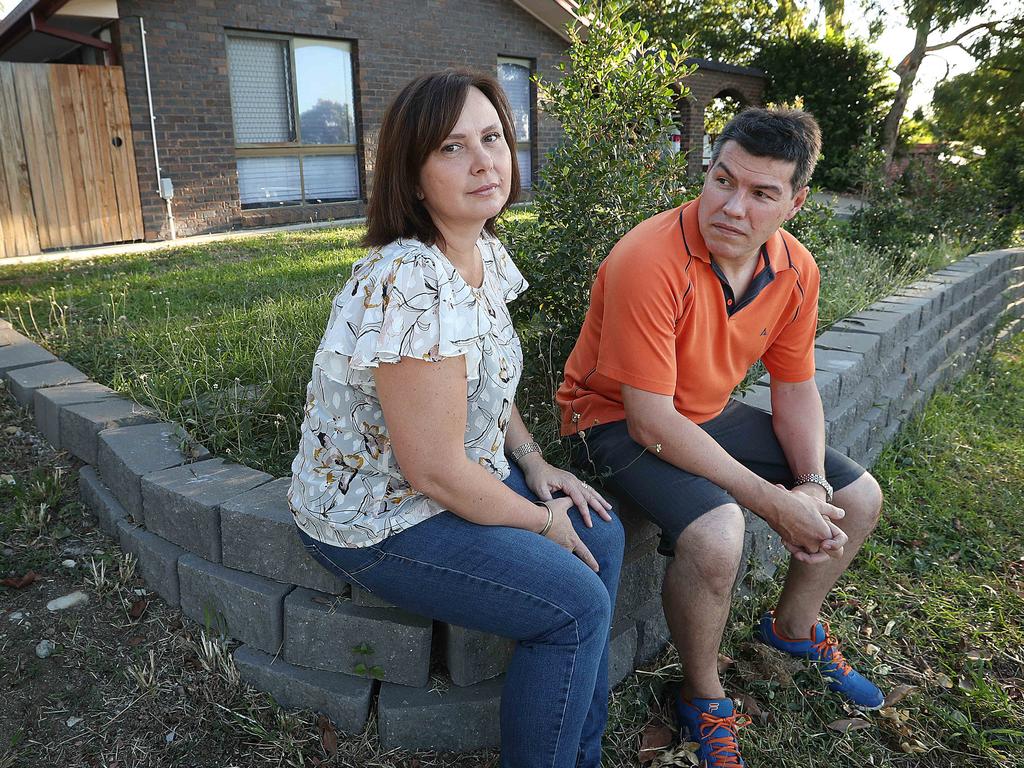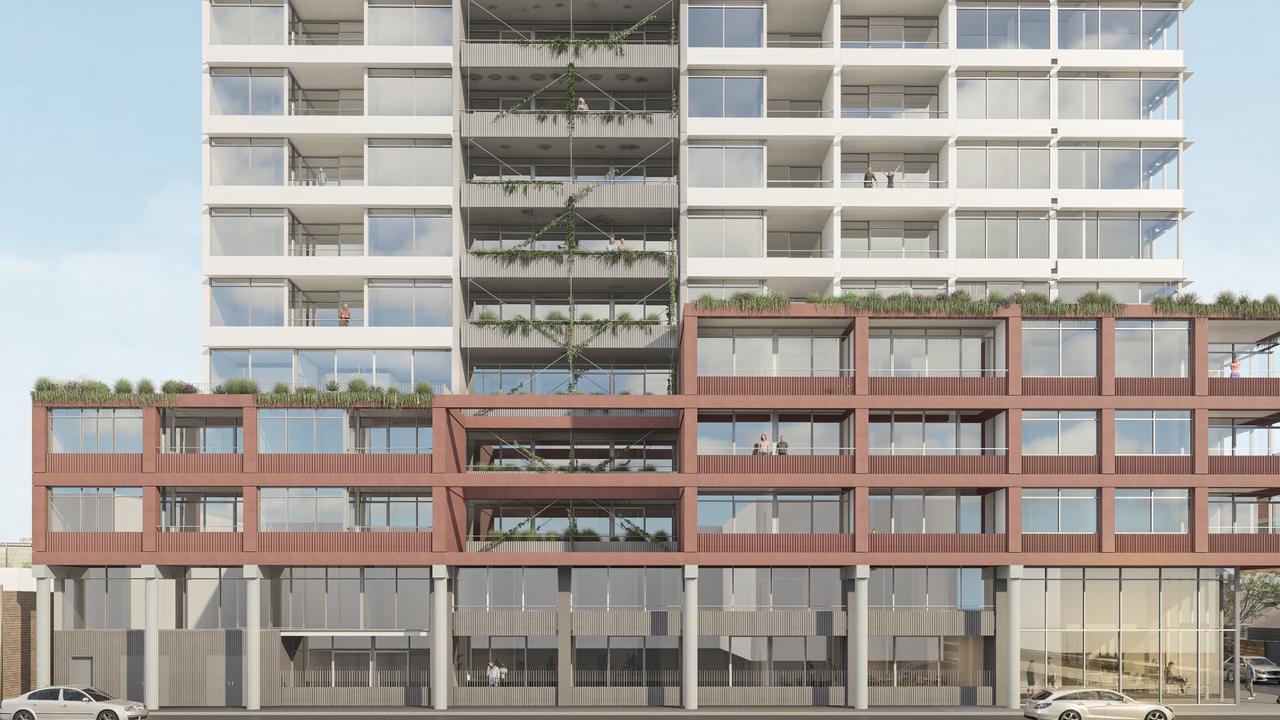Landlords face rental return slump
The rental market is set for a ‘dramatic revision’ in pricing, with landlords warned of a 20pc fall in returns in the virus fallout.

Landlords could be facing a 20 per cent fall in rental returns as a result of the coronavirus, warns property researcher CoreLogic, with declines likely to outpace those expected in the housing market.
CoreLogic’s head of residential research, Eliza Owen, warned the rental market should brace for “a pretty dramatic revision” in prices as lower demand for housing, coupled with more available properties, creates a looser market.
“We expect the impact of COVID-19 on the rental market will be worse than the impact on property values,” Ms Owen said.
“There are two main pressure points for the rental market. First, there are job losses which create less demand for rental housing. That's where you see the consolidation of two group households, like people moving back in with their parents.
“On the other hand is the increased supply of rental properties … (with) higher vacancies and anecdotal instances of short term rental accommodations, namely Airbnb, being converted to the long-term rental market.”
The residential rental market is emerging as a flashpoint in the broader slowdown of the economy with the national cabinet this month opting for a temporary ban on evictions and a pause on rent increases for six months. At the same time housing prices are starting to come under pressure.
CoreLogic expects house price falls of up to 10 per cent, saying record low-interest rates and high levels of government stimulus should help buoy the selling market.
Ms Owen said a moratorium on rental evictions and land tax reductions passed by several states in the past few weeks should offer some relief for landlords and tenants and help sustain the rental market.
National rental prices crept 0.3 per cent higher through March as the market continued to slow from the start of the year, according to CoreLogic's latest quarterly rental review.
However that data does not fully reflect the economic impact of COVID-19, with many of the social distancing measures not bought in until the third week of March. A more realistic snapshot is will be reflected in April data.
Six capital cities experienced a price rise through March, but much of the 1.3 per cent rental growth through the quarter largely occurred through the first eight weeks of 2020.
Similar growth was seen in the regions, up 1 per cent for the quarter and 2.6 per cent year-on-year.
Perth rental prices rose 0.8 per cent through March, the largest increase of any capital.
Brisbane held steady, while prices in the tightly held Hobart rental market fell 0.4 per cent. Sydney remains the most expensive capital in which to rent, with a median of $577 per week.
But demand from the strong public service workforce in Canberra has boosted median prices in the nation’s capital and it sits just $1 behind first place, at $576 per week.
All bar two capital cities reported falls in yields through March, with only Adelaide (up 8 basis points) and Canberra (up 15 basis points) improving, with gross yields edging lower to 3.76 per cent nationally.
A slowdown in housing price growth across Australia is unlikely to improve rental yields across the country, because rents are also likely to fall as adjustments and negotiations are made for those who see a reduction in income, Corelogic said.
One bright spot for landlords is that mortgage rates are settling to a new record low, as the RBA set the cash rate to 0.25 per cent in late March. This means that even through rents may decline, mortgages for investment property may require less rental income to service.







To join the conversation, please log in. Don't have an account? Register
Join the conversation, you are commenting as Logout